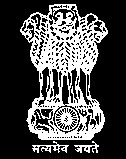
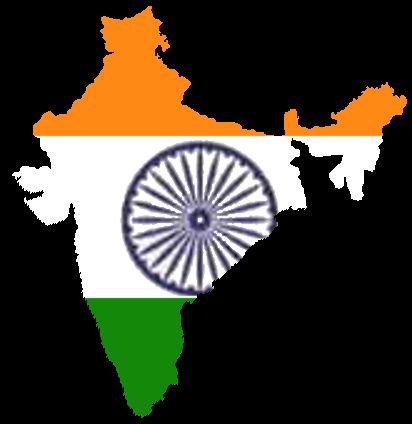




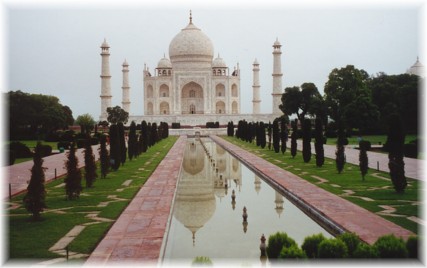
5:00 I wake up early to try some very early morning shots of the Taj from the hotel look out point.
5:45 We meet our Agra guide who is also named Sanjay. He also
warns us about the cheap marble merchants, touts, and hookers that will
try to give us trouble at the gate.
When we come within ~1 km of the outside gate we transfer to a
battery powered bus. The city no longer allows gasoline driven vehicles
near the Taj. We enter in through the east gate which is the gate all
of the foreign tourists use. The natives all use the west gate. The
south gate is never used. The grass and trees lining the crosspaths are
very kept. The walls surrounding the court are filled with soldiers'
barracks. I pay 25 rupees for allowance to use my 8mm movie camera. The
inner court is huge with trees and grass all over. Sanjay says the whole
area used to be gardens but it became too difficult to maintain. The
main gate to the south of the Taj has 22 domes (2 rows of 11) on the top
in the middle that represent the twentytwo years it took to build the
Taj. The Taj itself is HUGE. I notice that the dome is covered with
eye-hooks. Sanjay explains to me that the hooks were used during the world
war to hold down a camoflage (black) covering to hide the Taj from bombing
planes. Even from all of the pictures I've seen of the Taj I've never
really been able to get a good idea of the actual scale in relation to
an average human. I am surprised to find that it is even bigger than I
ever thought. Its incredible!
 Sanjay takes us up a stairway through the base which takes us up to
the top of the marble base on which the complex sits. He takes us inside
and shows us that the actual tombs are kept in a lower burial vault.
Identical duplicate tombs are kept on the main floor surrounded by a
marble lattice octogonal in shape. Mumtaz Mahal's tomb is in the very
center with Shah Jahan lying just west of her. The inner walls have the
Urdu verses of the Koran written all over them. The center room seems
like such a small part of the actual structure. I can see other doors and
passages along the outer walls and I wonder where they go. The marble
walls are such that an echo in the inner chamber will carry for 15 seconds!
It is so frustrating to me that here I am at the Taj Mahal, the biggest
(or at least one of the biggest) dreams I've had for as long as I can
remember, and I'm only given a few short hours to be here. Rudyard
Kipling described the Taj Mahal as "the embodiment of all things pure, all
things holy, and all things unhappy." When Mark Twain visited the Taj
Mahal in 1897, he said he felt himself "drunk on someone else's cork." I
feel the same as both of them.
Sanjay takes us up a stairway through the base which takes us up to
the top of the marble base on which the complex sits. He takes us inside
and shows us that the actual tombs are kept in a lower burial vault.
Identical duplicate tombs are kept on the main floor surrounded by a
marble lattice octogonal in shape. Mumtaz Mahal's tomb is in the very
center with Shah Jahan lying just west of her. The inner walls have the
Urdu verses of the Koran written all over them. The center room seems
like such a small part of the actual structure. I can see other doors and
passages along the outer walls and I wonder where they go. The marble
walls are such that an echo in the inner chamber will carry for 15 seconds!
It is so frustrating to me that here I am at the Taj Mahal, the biggest
(or at least one of the biggest) dreams I've had for as long as I can
remember, and I'm only given a few short hours to be here. Rudyard
Kipling described the Taj Mahal as "the embodiment of all things pure, all
things holy, and all things unhappy." When Mark Twain visited the Taj
Mahal in 1897, he said he felt himself "drunk on someone else's cork." I
feel the same as both of them.
The shah built this as the final resting place for his wife (his
favorite of many) who dies while giving birth to one of his children.
Mumtaz was helping the shah out on the battle field when she began labor.
After the war was over he took her body back to the garden. In ~1637 he
began work on the Taj and, twenty two years later, laid her body in it.
Although upset that I only get a few hours to fulfill a dream, I have to
remind myself that its more than many ever get.
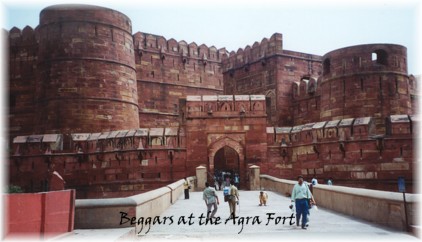 After being hounded by merchants, we move on to the Agra fort. It is
a red sandstone fort with a perimeter of ~2.5 km, originally built by the
third mughal ruler and later added on to by the fourth and fifth (Shah
Jahan) rulers. Each section is distinct and characteristic of the ruler
at the time. Shah Jahan's section is, of course, marble and is built on
the on the east side to overlook the northwest side of the Taj Mahal across
the Yamuna river (which is so polluted the EPA has declared it unsuitable
to sustain any form of life in it.) Eight years before he died, Shah
Jahan was dethroned and imprisoned by his son who took and imprisoned by
his son who took the throne. His prison, however, was hardly a dungeon.
It was an upper section of the Agra fort and in my opinion it was the
most beautiful part of the place. The largest diamond in the world was
once inlaid into one of the walls of his viewing room to help him see the Taj
when his eyes were weak. It is now part of the Crown Jewels in England.
After his death, the shah was laid next to his favorite wife in the Taj
Mahal. Legend has it that Shah Jahan had planned to finish a second
mausoleum (for himslef) on the other side of the river opposite the Taj.
It was to look exactly like the Taj except that it would be black. The
two were to be joined together across river by a silver bridge. The shah's
son nipped the rose in the bud. All that remains of this possibility is
a small tower on the north bank.
After being hounded by merchants, we move on to the Agra fort. It is
a red sandstone fort with a perimeter of ~2.5 km, originally built by the
third mughal ruler and later added on to by the fourth and fifth (Shah
Jahan) rulers. Each section is distinct and characteristic of the ruler
at the time. Shah Jahan's section is, of course, marble and is built on
the on the east side to overlook the northwest side of the Taj Mahal across
the Yamuna river (which is so polluted the EPA has declared it unsuitable
to sustain any form of life in it.) Eight years before he died, Shah
Jahan was dethroned and imprisoned by his son who took and imprisoned by
his son who took the throne. His prison, however, was hardly a dungeon.
It was an upper section of the Agra fort and in my opinion it was the
most beautiful part of the place. The largest diamond in the world was
once inlaid into one of the walls of his viewing room to help him see the Taj
when his eyes were weak. It is now part of the Crown Jewels in England.
After his death, the shah was laid next to his favorite wife in the Taj
Mahal. Legend has it that Shah Jahan had planned to finish a second
mausoleum (for himslef) on the other side of the river opposite the Taj.
It was to look exactly like the Taj except that it would be black. The
two were to be joined together across river by a silver bridge. The shah's
son nipped the rose in the bud. All that remains of this possibility is
a small tower on the north bank.
After the Taj Sanjay takes us to some marble shop friends of his. The
main salesman is the cheapest, sleasiest person I've met in this country
yet.
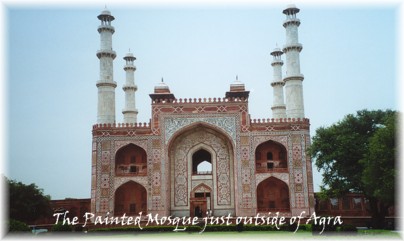
12:30 Sonny takes me to a marble friend of his who has done touch up work on the Taj. I end up buying two plates with inlaid stones, for my two sisters, from him.
13:30 Sonny takes us back to Delhi. When we get within the city
limits of Delhi, Sonny pulls over to take care of a few things. Before we
start up again I ask him where I should dispose of the garbage we've
accumulated in the car. He points to the ground in front of me, smiles,
and says, "Anything is possible in India."
Later, when we make it to the hotel, we all hit the streets and do
the shopping thing. I run into the the woman who I argued with when I
was last in Delhi. I bargain with her again for what seems like forever.
After days of arguing with her I finally talk her down to $40.00 USD for
the blanket I wanted.
